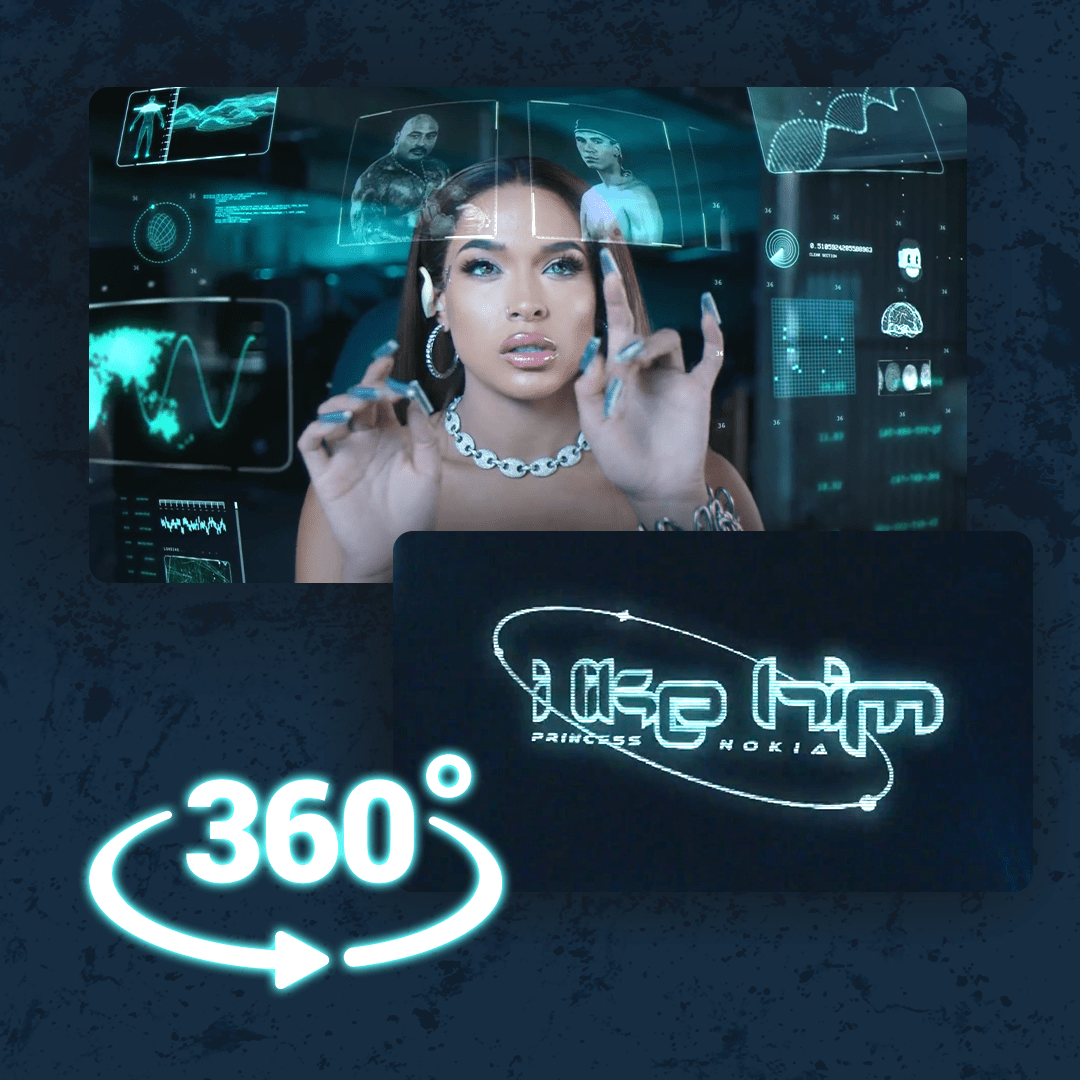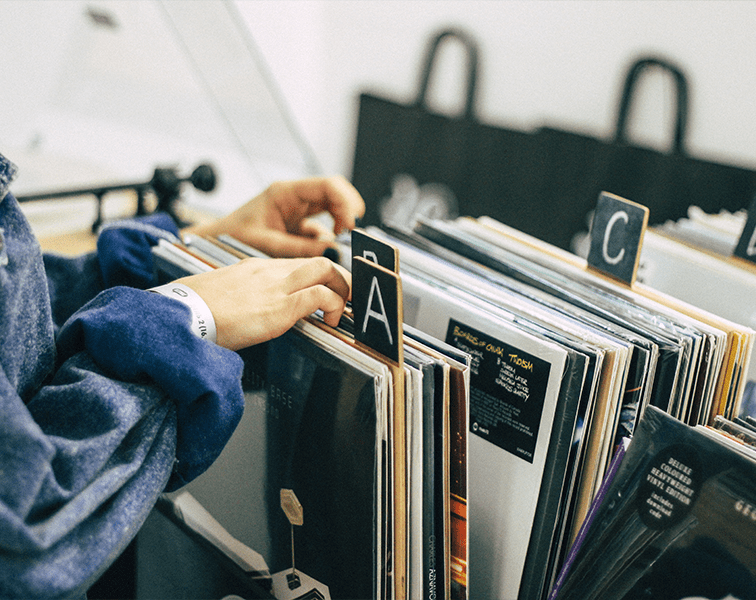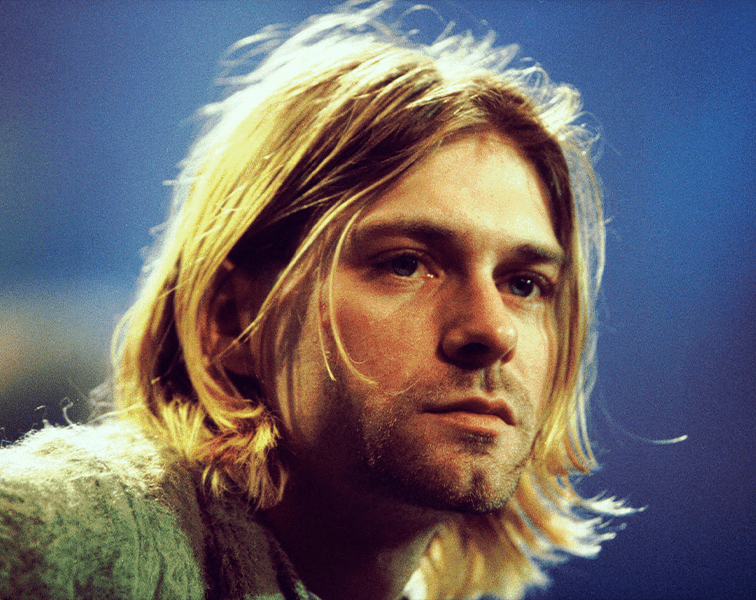The development of the tech industry has caused a ripple effect that has hit the music industry as well. If ten years ago imagining having a video clip for Princess Nokia’s “I Like Him” was nothing but a dream, it is now a reality. In a Sebastian Sdaigui futuristic clip, the rapper appears as a cyborg ordering up men on demand and going on virtual dates.
Nothing new, you would think. And you’ll be right, the concept is as old as the century, but the way it is portrayed is not that cliche. You can find out more on the video, and the album in Princess Nokia Uses Virtual Reality to Find a Mate in ‘I Like Him’ Video.
In this article, MusicPromoToday will tell you about how technologies and VR, in particular, are changing the music industry. If you’re interested in neon-rendered Freddie Mercury, 360-degree VR takes, or “visual-centric” music landscapes, keep reading. But before, we suggest you take a look at our 15 Great Music Marketing Tips for 2020, to get an idea on how to contribute with everything you’ll learn here in music marketing.
VR Makes Music Videos More Intense Emotionally
Dylan Southard, creative director at US design studio VR Playhouse claims, “It’s a powerful sensation to watch something in 360 degrees, far more so than to watch it on a flat, framed screen”. If you have ever tried VR, you know it makes you feel as if you were inside the story. That is its whole purpose. When you are inside, everything seems a thousand times real and emotional, even though you know it isn’t. In The Feeling is Real: Emotion Elicitation in Virtual Reality, you’ll find an in-depth description of how VR affects emotions.
Even though the technology is still in its early days and new to the market, the experimentation with it is taking over the music industry. Interesting examples can be found in the accompanying film for Beyonce’s Lemonade and Frank Ocean’s ‘visual album’ Endless. Visual music experiences promise a strong future for VR.
Keeping It Live Seems More Alive
With Covid-19 rocking, having on stage performances for artists is not going to begin at least for another whole year. So, going live on Instagram and other social media platforms became an absolute trend for musicians in 2020. You can get more detailed information on how this phenomenon has been gaining momentum by reading this article: How Live Streaming & Artists Are Affected By Corona.
Meanwhile, the opportunities for live streams have increased drastically, thanks to VR. The sense of presence achieved with VR is, without a doubt, incomparable with what other mediums can provide. With 360-degree image capturing cameras, VR concerts promise to be not only better with a flat screen but maybe even better from being there in person.
Everything Virtual, Money Real
This is simple: sharing VR space prevents artists/bands from hiring expensive venues, and the price for tickets drops accordingly. However, the challenge to make a commercial success from VR tech in the music industry is still viable.
There is a VR subscription network called Transport. It recycles the money back to artists. According to Anthony Batt, co-founder of US-based VR creative studio Wevr users pay $2.99 (£2.40) to enjoy Wevr’s Old Friend VR experience, with sales in thousands.
Even though immersive technologies aren’t mainstream, they promise to represent a significant income for the music industry in the very near future.
To be updated on the future of tech and VR in the music industry, and to get tips on using them to your benefit in music marketing, stay tuned to MusicPromoToday.



